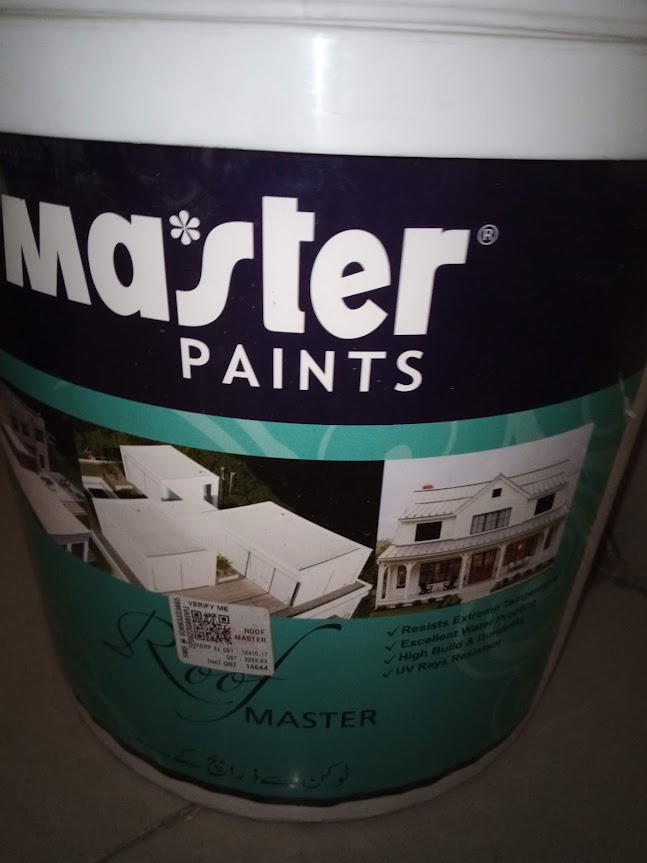Elastomeric Paint 2024: Affordable Protective Shield for Your Home
When it comes to safeguarding our homes against the whims of nature, we often seek solutions that are both effective and economical. Enter elastomeric paint, the unsung hero of home protection. This special type of paint is not just about aesthetics; it’s a robust shield that stands guard against the elements.
Characteristics of Elastomeric Paint
Elastomeric paint is a specialized coating designed to protect masonry surfaces. 
Here are some of its key characteristics:
- Thickness: It’s much thicker than standard paints, often up to ten times thicker12.
- Waterproof: It forms a durable, water-resistant coating that can withstand harsh weather conditions, including heavy rain1.
- Flexibility: As its name suggests, elastomeric paint is flexible, allowing it to expand and contract with temperature changes without cracking1.
- Composition: It’s made from a combination of acrylic butyl, silicone molecules, and sometimes polyurethane, creating a tight molecular structure that repels moisture1.
- Durability: The paint’s thickness and composition contribute to its long-lasting nature, often enduring over a decade with little chance of damage from water, sun, or wind3.
- Adherence: It can adhere to almost every surface, including all masonry surfaces like stucco and concrete block, as well as wood and T-111 siding4.
- Mildew Resistance: Elastomeric paint is also resistant to chemicals and mildew, which helps in maintaining its integrity over time2.
These properties make elastomeric paint an excellent choice for exterior walls, roofs, or other surfaces exposed to moisture and environmental changes. It’s a popular choice among DIY enthusiasts and professional contractors for its effectiveness in sealing and protecting surfaces1.
Elastomeric paint isn’t just tough; it’s also a wise investment. Here’s how it pays off:
Elastomeric paint can be quite effective for thermal insulation when applied to rooftops. It has properties that help in reducing heat transfer, which can keep interiors cooler in summer and warmer in winter. Here are some benefits:
- UV Resistance: It reflects over 95% of UV rays, which helps in reducing heat absorption by the roof1.
- Heat Dissipation: The paint can refract and dissipate up to 75% of the heat, minimizing the heat that enters the building1.
- Energy Savings: By reducing heat conduction, elastomeric paint can lead to significant energy savings as it lessens the need for air conditioning in summer and heating in winter1.
- Waterproofing: Besides its insulative properties, it also provides a waterproof barrier, which is beneficial for all seasons2.
Overall, applying elastomeric paint to your rooftop can contribute to a more comfortable indoor climate and potentially lower energy costs throughout the year.
To enhance the strength and durability of elastomeric paint, especially for longer durations in harsh weather conditions, consider the following additions and practices:
- High-Quality Primer: Applying a high-quality primer before the elastomeric paint can ensure better adhesion and longevity1.
- Proper Surface Preparation: Thoroughly cleaning and repairing the surface can prevent issues like peeling or blistering2.
- Multiple Coats: Applying multiple coats can increase the thickness and durability of the protective layer2.
- UV-Resistant Formulation: Opt for elastomeric paints with premium acrylic formulations that offer enhanced UV resistance3.
- Lighter Colors: Lighter colors tend to reflect more sunlight and can reduce UV-induced fading over time3.
- Clear Sealer: A clear sealer on top of the elastomeric paint can provide additional protection against the elements1.
By incorporating these measures, you can significantly extend the life of elastomeric paint and maintain its protective qualities even in extreme weather conditions.
Elastomeric paint can help reduce the cold effects during the winter season. Its insulating properties are not limited to just reflecting heat in the summer; they also help retain heat during the colder months. Here’s how it works:
- Thermal Insulation: Roof paint provides a layer of insulation, which can help keep the heat inside the building, reducing the need for heating systems to work as hard1.
- Solar Reflective Index (SRI): With a high SRI, it reflects sunlight and releases heat on walls and roofs, which can be beneficial in winter as well1.
- Thermal Emittance: The paint has a high thermal emittance value, meaning it can effectively release stored heat, which is a desirable property in winter to keep interiors warm1.
By applying roof paint, you can create a more stable indoor temperature throughout the year, which can be particularly advantageous in regions with extreme seasonal temperature variations.
The Revival of 90s Fashion: Interesting Iconic Trends Making a Comeback
If you enjoyed this article, please like and share it with your friends, and don’t forget to subscribe for more great content!
Onions and Health: An Affordable and Flavorful Journey to Wellness in 2025

